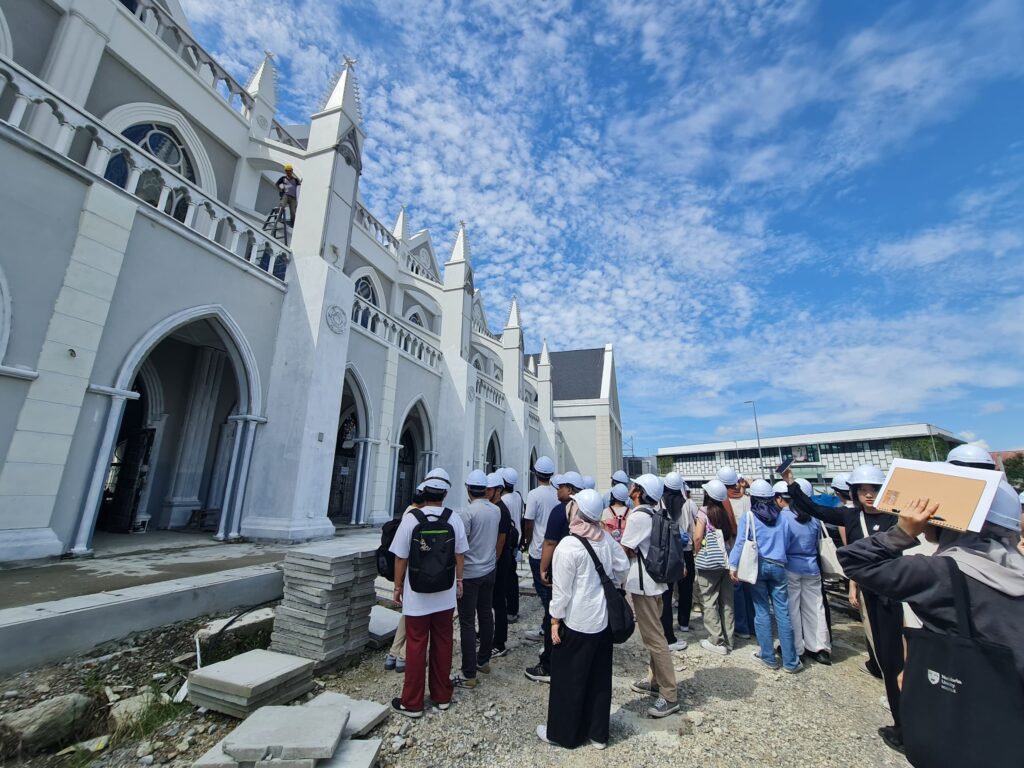
FBE Students visit St. Peter's Catholic Church as part of Architecture History Class field trip in June 2024.
Written by Yon Syafni Samat, Video by Joy Natalie Cotter, Photographs by Nadzirah Jausus.
In Malaysia, spotting European architectural styles beyond the familiar colonial Neoclassical buildings is a rarity. Typically, one would need to travel to the West to marvel at elements like gargoyles, flying buttresses, ornate facades and rose windows- elements that no longer adorn modern buildings today.
But our first-year Bachelor of Science (Hons.) Architecture students were lucky as they didn’t have to book a flight! On the 11th of June, they embarked on an exhilarating virtual journey to ‘Europe’ with a special visit to the construction site of the new St. Peter’s Catholic Church in Padungan, Kuching.
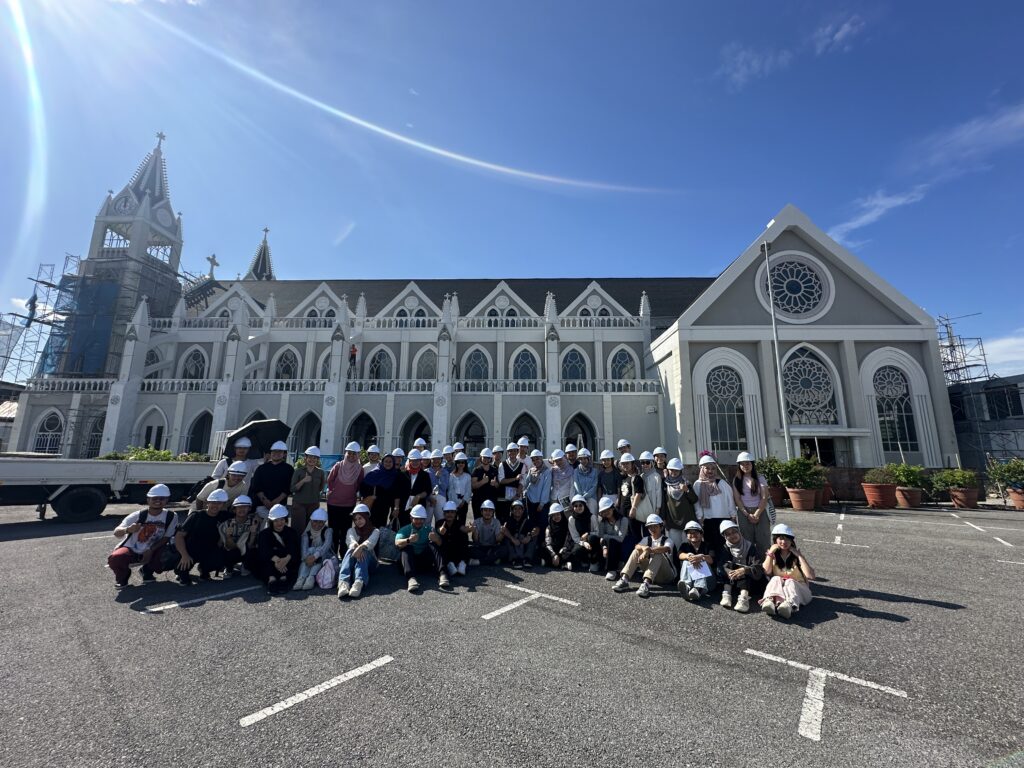
This unique experience was part of our History of Architecture class field trip, made possible by the incredible generosity of architect Rose Niog from Architect DesignPractice Sdn Bhd and project engineer Sim Lim Thiing from Perbena Emas Sdn. Bhd, who provided us with an exclusive, behind-the-scenes tour of this awe-inspiring structure.

The goal of the visit was to give our students a firsthand look at an example of a Gothic architecture building. Gothic is an architectural style that originated in the 12th century in the Île-de-France region of France and evolved from Romanesque architecture. The style was characterized by its emphasis on verticality and light, achieved through innovations such as the pointed arch, ribbed vault, and flying buttresses. Architect Rose Niog led us on an eye-opening tour of the site, explaining how this seemingly foreign architectural style is being adapted to our local context.
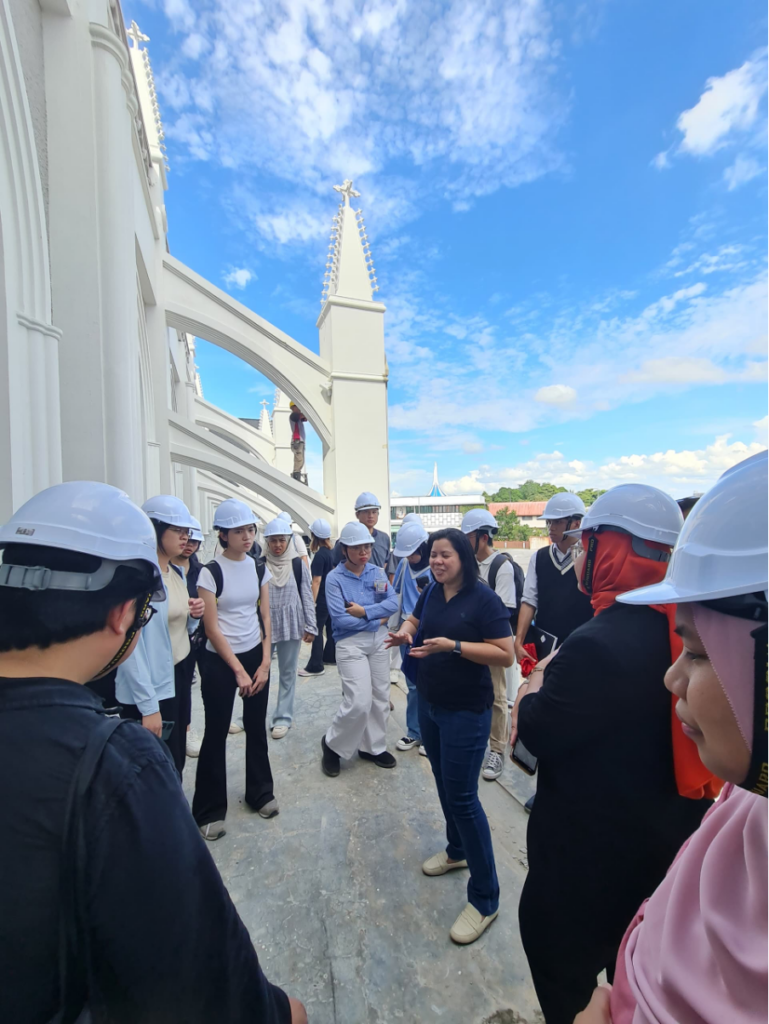
Students didn’t just hear about the design intentions behind the church’s architecture—they saw it in action! They observed intricate details like tracery and cornices being installed while examining up close the stained glasses which were hand-made by artists who came all the way from Italy. And yes, flying buttresses were there, too! From pointed arches and spires to rose windows, all those iconic Gothic elements straight out of history books were right there in front of them. It felt like those textbook images had come to life!

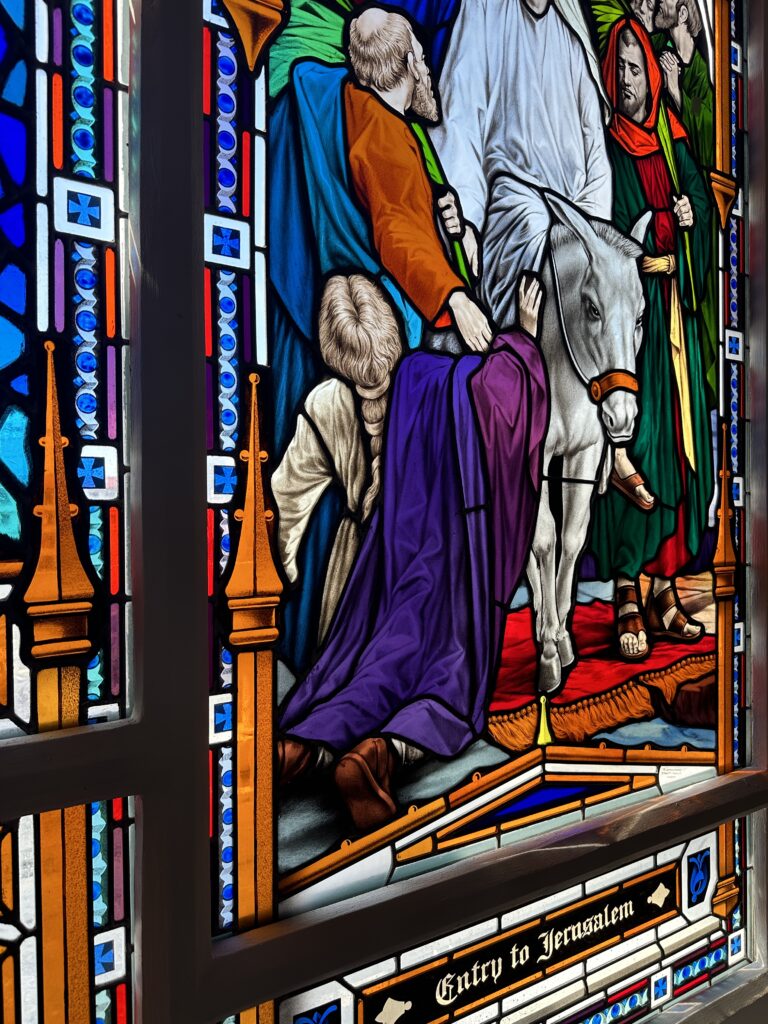
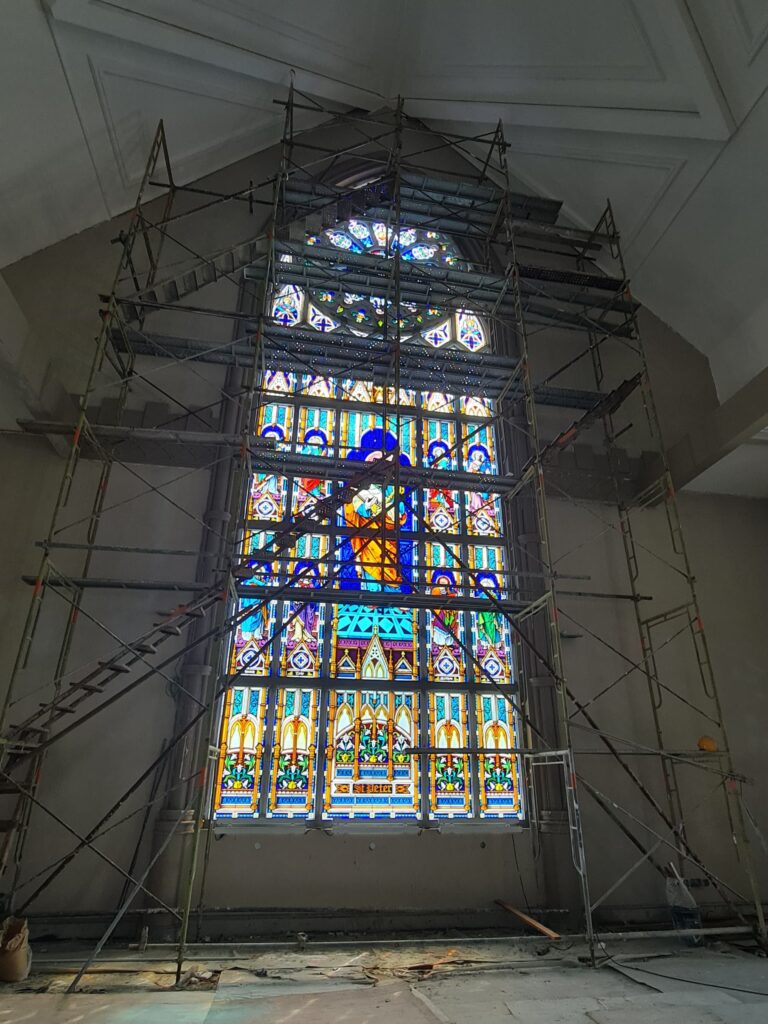

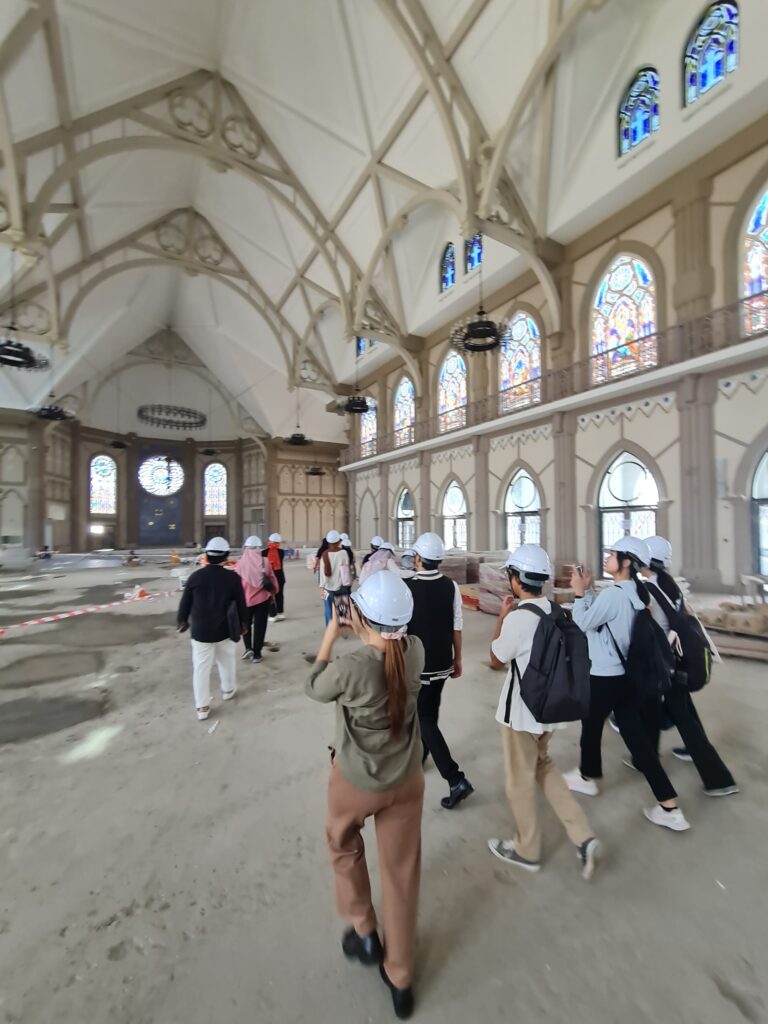
The trip provided us with exclusive access to the upper-level terraces of the church, areas that will be off-limits once it opens to the public. This close-up view revealed intricate details such as the crockets and finials- the decorative elements found on spires and pinnacles, often resembling foliage or floral motifs. These elements collectively contribute to the grandeur and intricate beauty of Gothic architecture, making it one of the most visually compelling styles in architectural history.


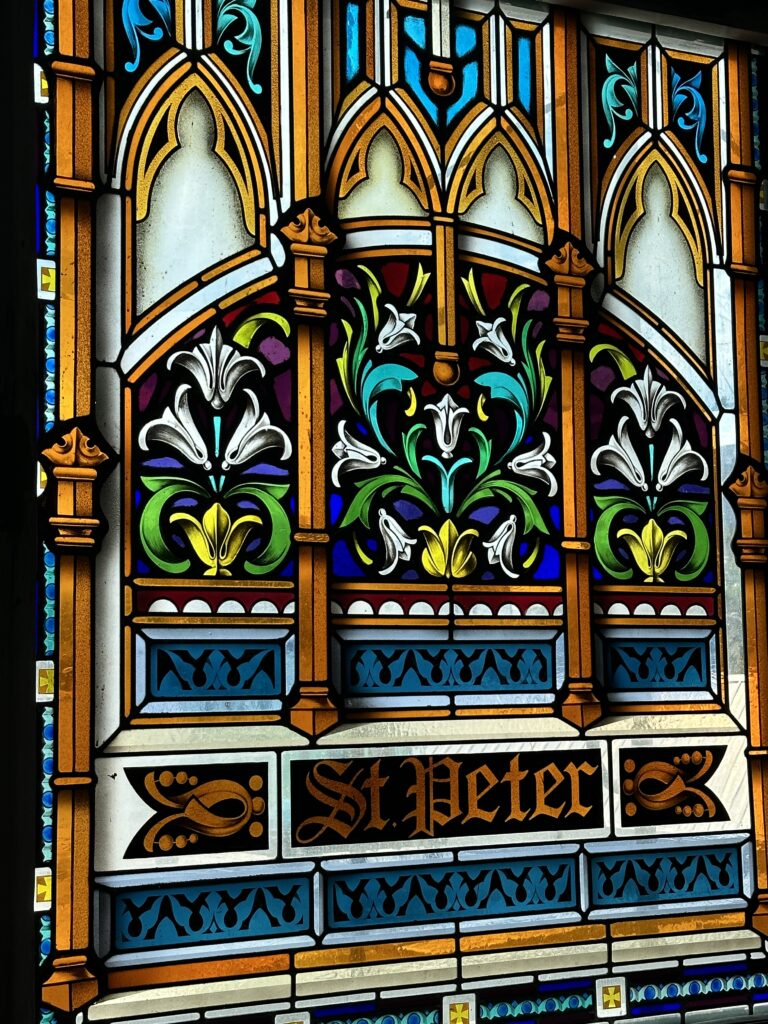
The adaptation of Gothic architectural elements to the local context demonstrates innovative and sustainable building practices. Students learned how historical styles can be incorporated into modern architecture in a sustainable manner, which aligns with SDG 11 that focuses on making cities and human settlements inclusive, safe, resilient, and sustainable. The field trip also emphasizes the importance of preserving architectural heritage while adapting it for contemporary use in a way that respects and enhances the local environment.
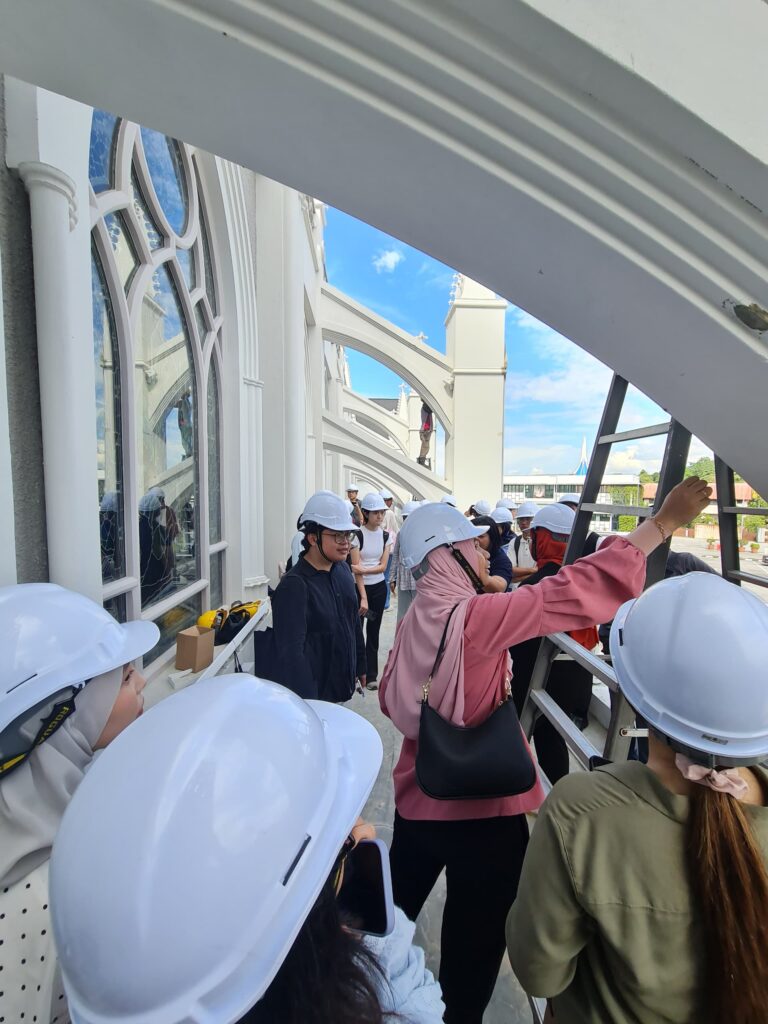
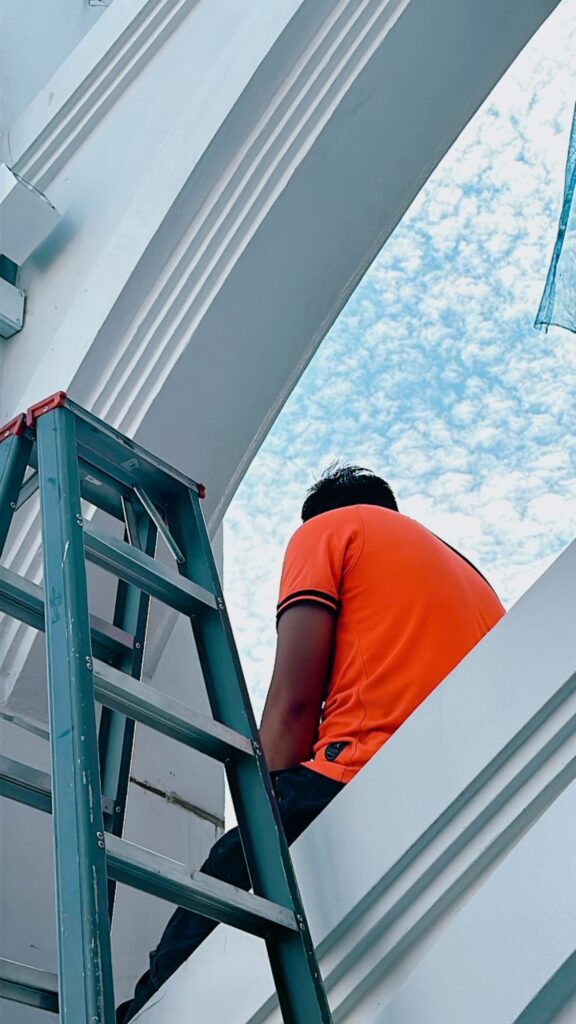
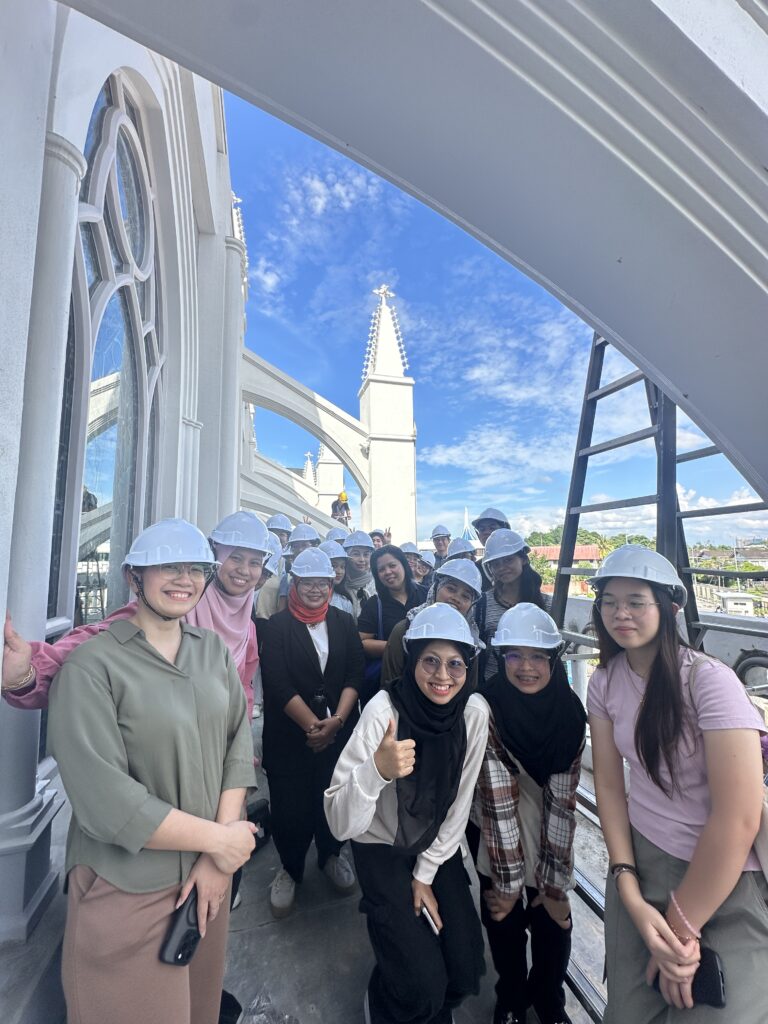
Despite the scorching hot sun, the visit was incredibly informative. The virtual trip provided the students with a rich, hands-on educational experience that went beyond traditional classroom learning. By observing and understanding Gothic architecture firsthand, students gained practical knowledge and a deeper appreciation for architectural styles and construction techniques. This aligns with SDG 4, which aims to ensure inclusive and equitable quality education and promote lifelong learning opportunities for all.
It was indeed a fantastic trip for both students and lecturers, offering a refreshing break with a touch of European charm right here under our equatorial sky!
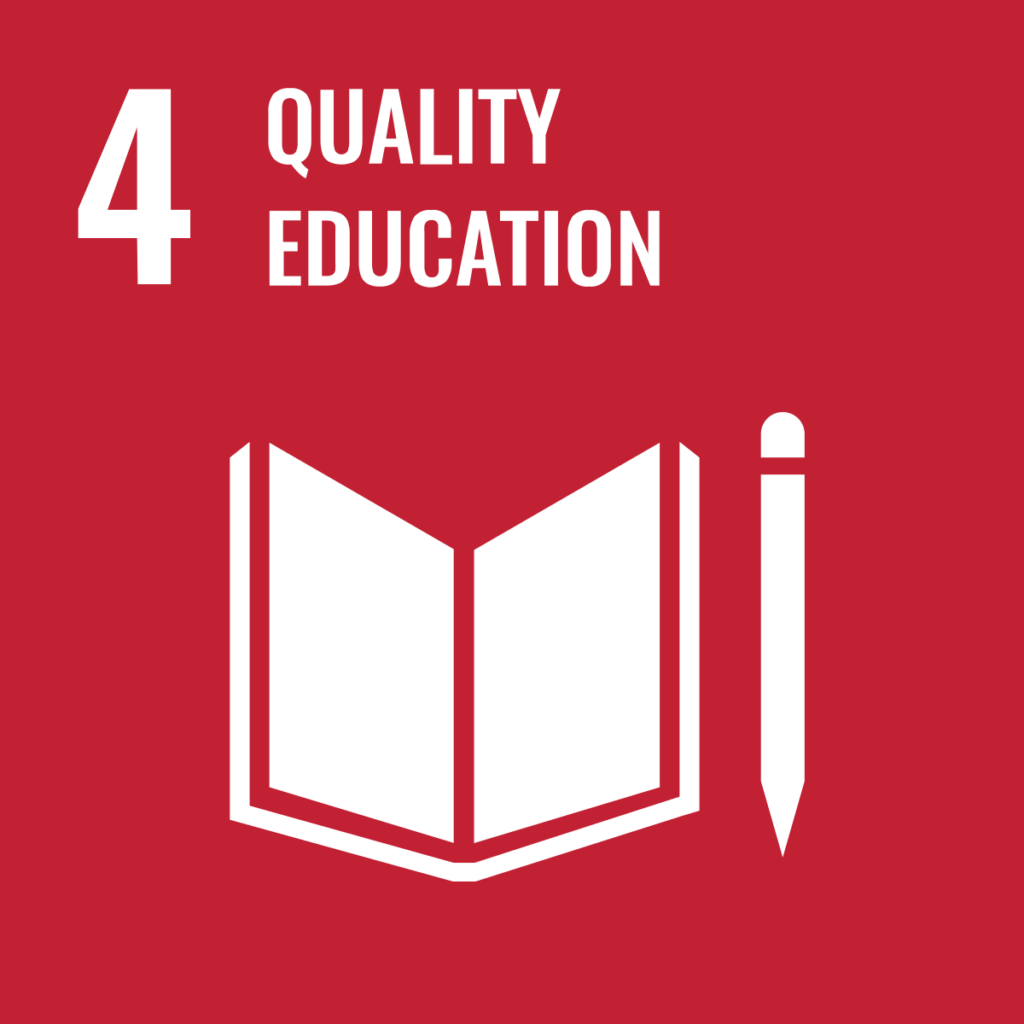
This article is related with Sustainable Development Goal (SDG 4) – Quality Education
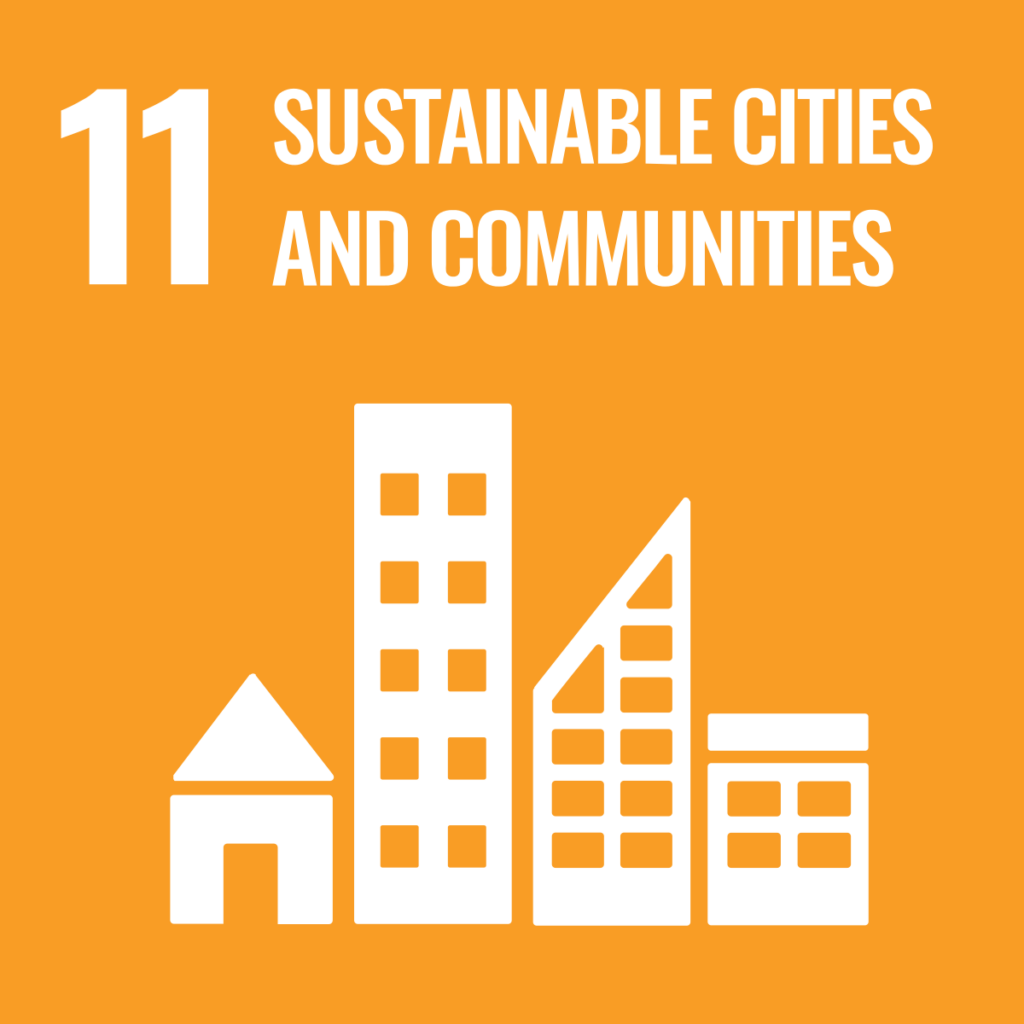
This article is related with Sustainable Development Goal (SDG 11) – Sustainable Cities and Communities